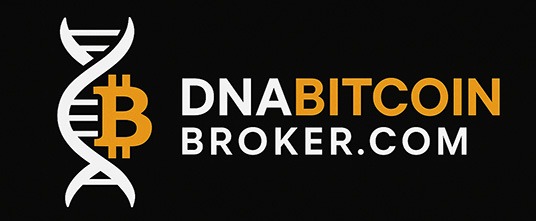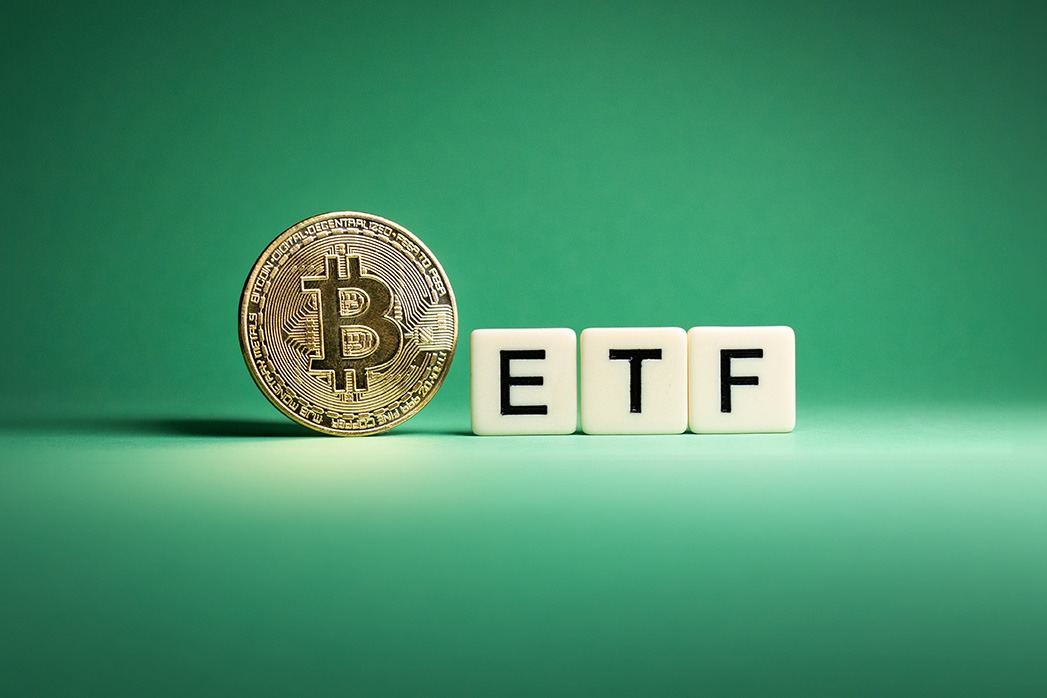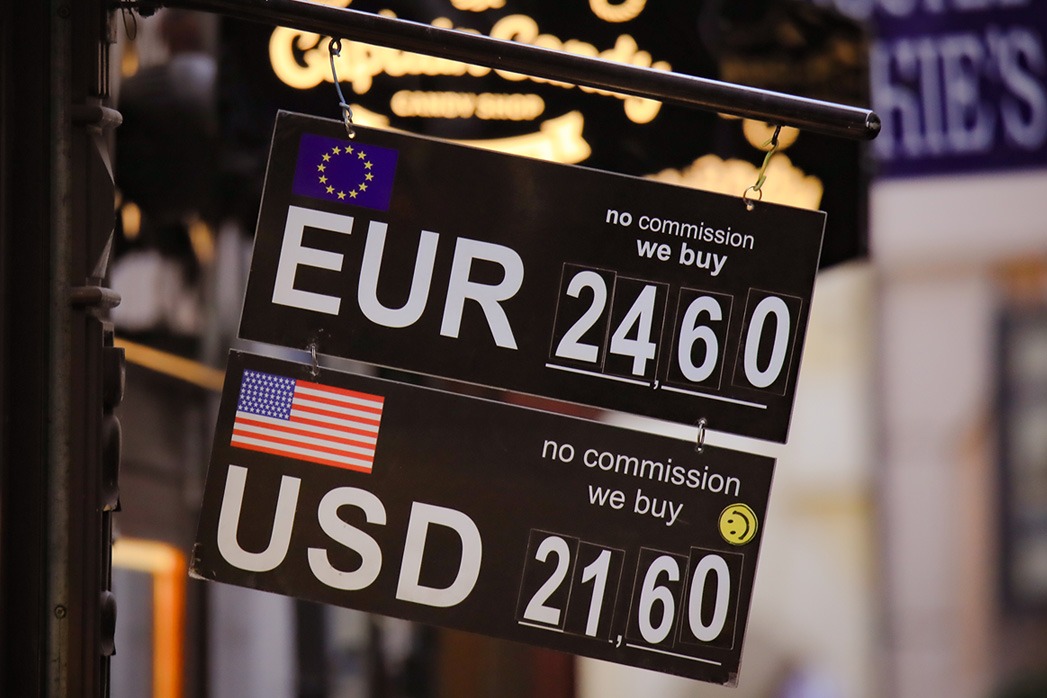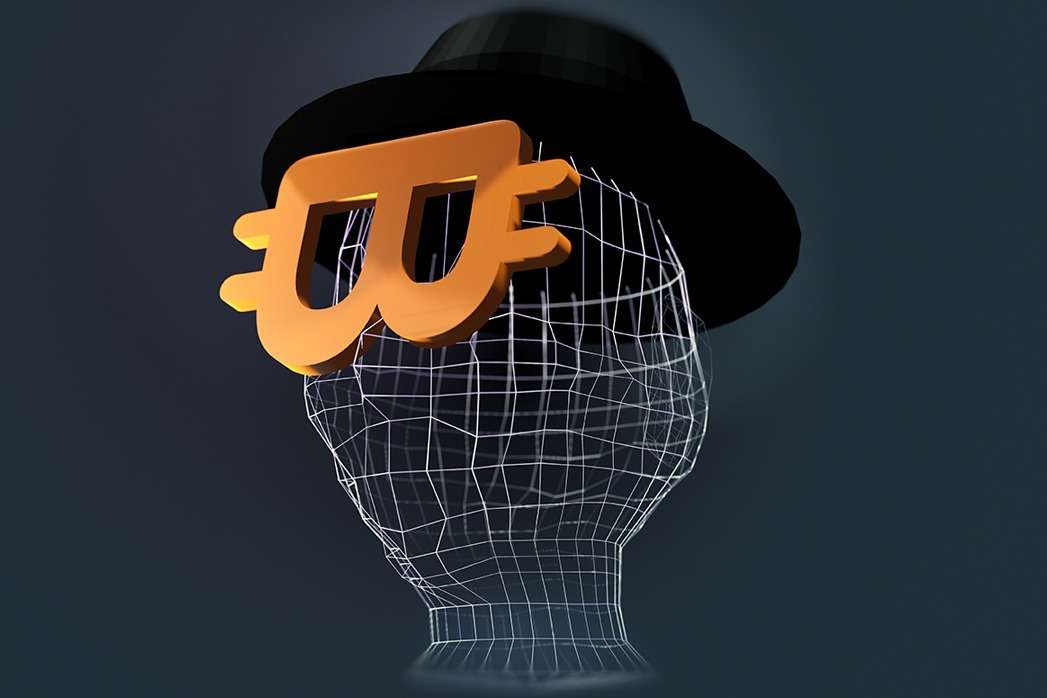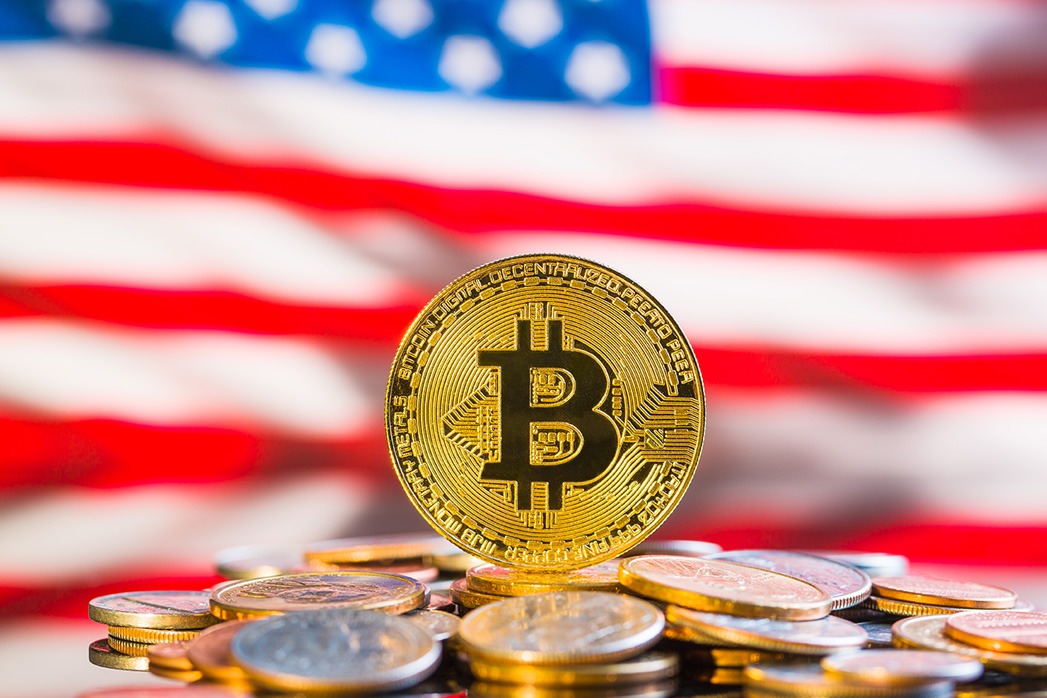What’s the Best Way for Institutions to Purchase Bitcoin?
In 2025, Bitcoin is no longer a fringe asset — it’s a strategic reserve for institutions.
From asset managers to corporate treasuries, institutions are now integrating Bitcoin exposure into diversified portfolios.
But buying Bitcoin at scale is not like placing a retail trade on an exchange.
It requires confidential execution, price protection, and regulatory compliance — which is precisely where Over-the-Counter (OTC) brokerage comes in.
At DNA Crypto, we provide institutions with an OTC service that combines liquidity, security, and precision — designed to protect both capital and reputation.
Learn more: Institutional Bitcoin Adoption
Why Institutions Prefer OTC Over Exchanges
While public exchanges offer liquidity, they’re built for retail, not scale.
Large institutional orders can move the market, exposing positions and affecting execution.
OTC trading eliminates those risks through discreet, bilateral execution.
Key advantages include:
-
– Preferential Pricing: Access deep global liquidity pools for the best execution rates.
-
– Minimal Market Impact: Large trades are executed off-exchange to avoid slippage and price spikes.
-
– Tailored Settlement: Flexible options for trade timing, counterparties, and settlement currency.
-
– Full Privacy: Transactions are handled discreetly with full audit trails and regulatory oversight.
For institutions managing millions in exposure, these details are critical — turning a simple purchase into a strategic operation.
Explore: Bitcoin Market Dynamics
MiCA Compliance: The Regulatory Advantage
Europe’s Markets in Crypto-Assets (MiCA) regulation has set the global standard for crypto compliance and investor protection.
Under MiCA, all virtual asset service providers (VASPs) must meet strict AML, custody, reporting, and client verification standards.
As a MiCA-aligned brokerage, DNA Crypto ensures every OTC trade meets the highest levels of:
-
Regulatory transparency
-
– Capital protection
-
– Data confidentiality
-
– Cross-border legality
This makes our OTC desk a trusted partner for banks, funds, and corporates expanding into Bitcoin under a fully compliant framework.
Institutional-Grade Security
When it comes to Bitcoin, custody is as essential as the purchase.
DNA Crypto provides institutional-grade storage and post-trade security through:
-
– Multi-signature cold wallets for maximum protection
-
– Insurance-backed custody solutions
-
– Dedicated account segregation for institutional clients
-
– 24/7 monitoring and secure withdrawal protocols
Our infrastructure combines traditional financial controls with next-generation blockchain verification — creating a custody model built for institutional confidence.
Learn more: Crypto Custody Solutions
Expert Support at Every Stage
Institutional Bitcoin acquisition involves more than buying — it’s about strategy, timing, and compliance.
That’s why DNA Crypto assigns every client a dedicated digital asset specialist, ensuring:
-
– Strategic trade execution planning
-
– Pre-trade risk and liquidity analysis
-
– Tailored settlement and reconciliation support
-
– Ongoing regulatory reporting assistance
We manage the complexity so institutions can focus on the outcome — secure Bitcoin exposure without operational friction.
Explore: Global Impact of MiCA
Why DNA Crypto’s OTC Desk Leads the Market
Our institutional OTC service provides:
✅ Preferential pricing through global liquidity aggregation
✅ Minimal market impact with discreet execution
✅ Tailored settlement options across currencies and time zones
✅ MiCA-aligned compliance and AML integrity
✅ Dedicated support from trade to custody
At DNA Crypto, precision, security, and transparency are built into every transaction.
We don’t just execute trades — we execute trust.
The Bottom Line
The best way for institutions to purchase Bitcoin isn’t through an app or an exchange — it’s through a regulated, private, and strategic OTC desk.
As Bitcoin matures into a global reserve asset, institutional access must evolve too.
That’s where DNA Crypto stands apart: discreet execution, compliant infrastructure, and expert support — from order to ownership.
Image Source: Envato Stock
Disclaimer: This article is for informational purposes only and does not constitute legal, tax, or investment advice.
